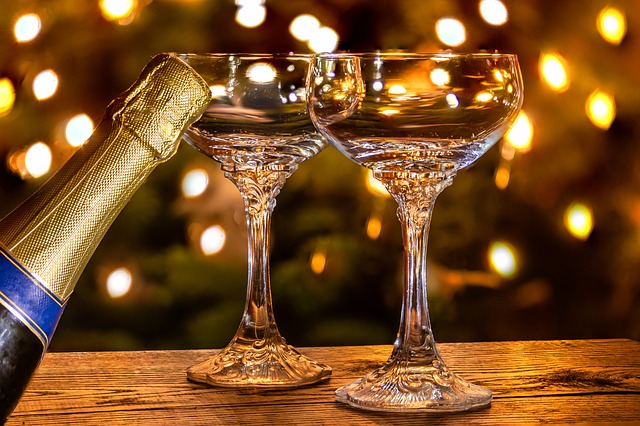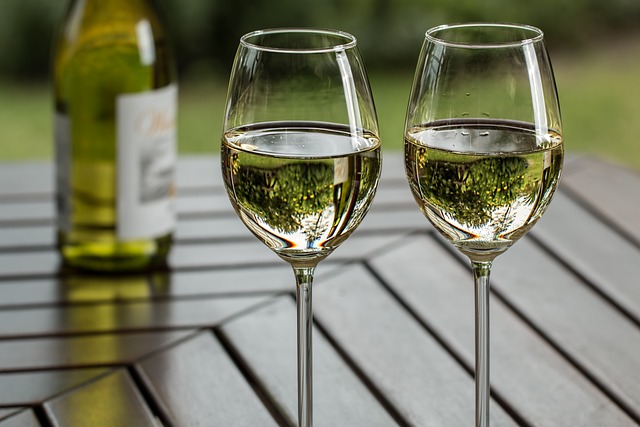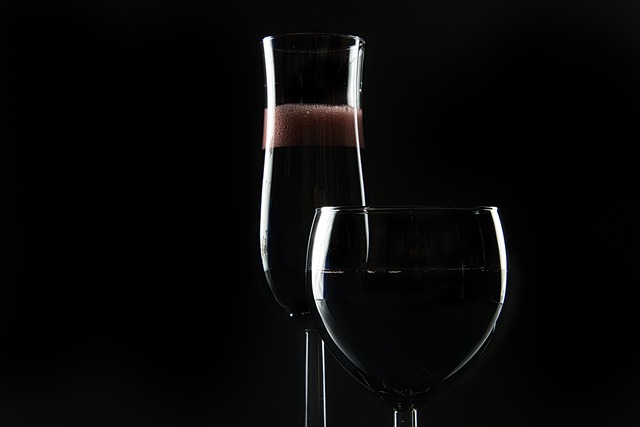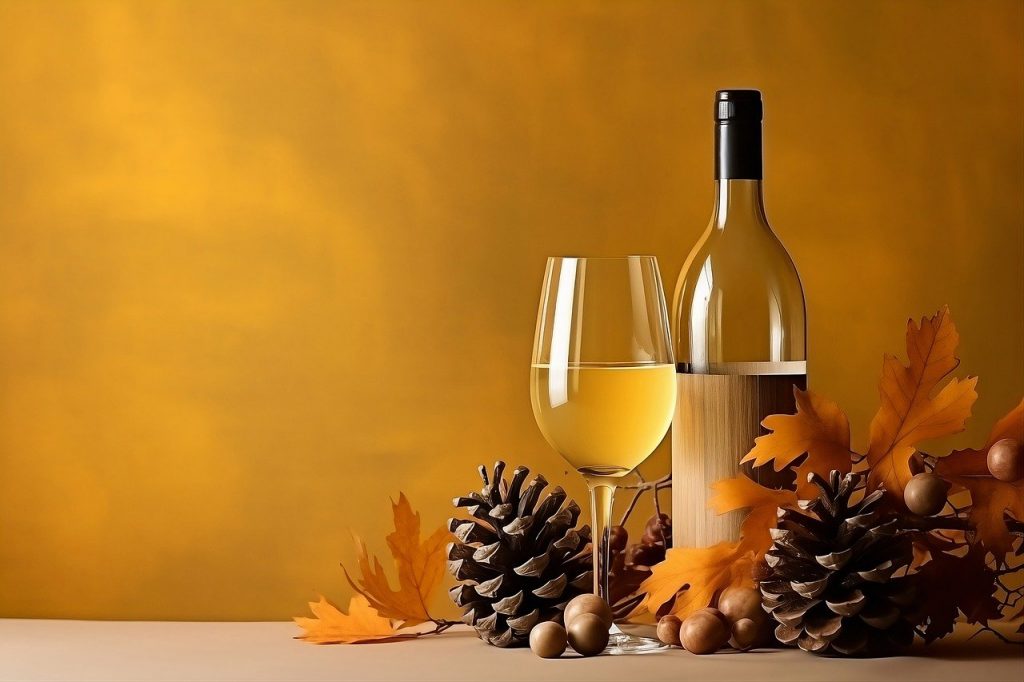Wine Glasses
You can drink wine from disposable plastic cups, coffee cups, lemonade glasses, or straight from the bottle, and each time, you are drinking the same wine with the same taste. But wait, is it the same taste? Theoretically, of course, it is; it all comes from the same bottle. However, practically, our brain is missing a part of the overall picture…
Let us help our brain; let us add to the pleasure and overall experience. Let’s talk about wine glasses!
There are a lot of different wine glasses—cheap ones and expensive ones, modern designs and classic designs, and different volumes. Selecting a wine glass design is a matter of personal taste. Selecting a wine glass size is a matter of what wine it is intended to hold. A good wine glass will not have to cost you a fortune, but a good-quality glass with a nice sparkle to it and a clear, festive sound when you softly clink them together are characteristics that make your wine experience much more pleasurable and are worth the investment. And your brain will most likely even think that your wine tastes better.
In general, wine glasses consist of a foot, a stem, and a bell. Like people, a foot of a glass is designed to stand on; a decent foot will give the glass sufficient stability when the bell is partly filled with wine. A waiter may use the foot to hold the glass when presenting it to you, so that his/her hand stays away from the bell, and you can take the glass by the stem without touching his/her hand.
The stem of the glass is designed to hold the glass. A glass can have a short, stubby stem or a stylish long and elegantly thin stem. The stem is to lift the bell above the foot and allow you to lift and hold your glass in a stable way between your thumb and fingers in such a way that your hand is never in contact with the bell. This is to prevent your fingers from smudging the glass of the bell so that the glass keeps its classy appearance, but more importantly, to prevent your palm or fingers from transferring temperature to the wine contained in the bell. Each wine has a preferred serving temperature, and by not touching the bell of the glass, this serving temperature is maintained as long as practically possible.
The bell of the glass is designed to hold the wine and to drink from, but it also gives the glass its classy appearance. In general, the bell of a glass is shaped like a tulip flower with variations in form based on style and actual use. Keep the bell of the glass as clean as practically possible and sip your wine from the same position at the rim to minimize smudging by your lips. It is worth the effort; a sparkling glass will enhance the appearance of the wine and, therefore, your experience. And that funny brain of ours translates that again into better taste!
In general, there are five different types of wine glasses if we just concentrate on the size and the shape of the bell. And there are no written laws on the use of glasses. If you only have one glass, that is the glass to drink your wine from. But we can assist you with the following guidelines on wine glasses with a brief explanation: the coupe – the flute – the white bell – the red bell – the aperitif or dessert glass.

The Coupe – This is a glass on a stem with a wide and rather shallow bell. This is the classic glass for Champagne or similar sparkling wine. It looks very classy and stylish, but it has a few negative points: your bubbles disappear very quickly, leaving you with still wine; your wine warms up much faster, and it is almost impossible to walk around without sloshing Champagne everywhere. Although stylish, they are a bit out of grace and mainly seen only at parties to create a festive Champagne waterfall.

The Flute – This is a glass on a stem with a narrow and high bell. This is the modern, stylish glass for Champagne and sparkling wines. It corrects the flaws of the classic coupe: the narrow shape of the bell prevents bubbles from escaping too fast and keeps your wine sparkling and cool much longer. And if necessary, you can even run without spilling your wine, although that may not look too stylish.

The White Bell – This is a glass on a stem with a medium-sized tulip-shaped bell. In general, white wines tend to be rather young and on the dry side with hints of citrus fruits accompanied by other distinctive fruity and/or herbal tastes. Except for some exceptions that have aged in oak barrels, white wines hardly have tannins and do not need a large bell to develop. White wines are served at lower temperatures than red wines, and a smaller and narrower bell with a smaller opening better preserves that lower temperature. With a medium-sized bell filled a bit more than a large-sized bell, it is easier to judge the color of white wines. This type of glass is also suitable for cool-served rosé wines.

The Red Bell – This is a glass on a stem with a large-sized tulip-shaped bell. In general, red wines tend to be fuller-bodied than white and rosé wines. The larger bell with a wider opening allows more oxygen to react with the wine. You can swirl the wine in the bell, observe its behavior, and sniff its aromas. As full-bodied red wines are served at European room temperature (18-20 degrees Celsius), warming up of the wine by the larger bell and opening is not an immediate issue. With a partly filled large bell, it is also easier to judge the color and density of the wine.

The Aperitif / Dessert Glass – This is a glass on a stem with a smaller-sized tulip-shaped bell. In general, aperitif and dessert wines are sweeter and higher in alcohol percentage. They are served in smaller quantities in smaller glasses. Their colors are less bright due to the aging process, and the higher alcohol percentage is less overwhelming for your nose when served in a smaller bell with a smaller opening, so that the alcohol does not dominate the often very aromatic bouquet of these fortified wines.
The ISO Standard Tasting Glass – To evaluate different wines and give each wine the same starting point and a fair chance, the International Standards Organization (ISO) has developed a standard glass for wine tasting. The tasting glass consists of an “elongated egg shape” bell, supported by a stem resting on a base. The opening of the bell is narrower than the convex part so as to concentrate the bouquet. The rounded bell and narrowing sides allow the wine to be swirled easily without spillage. The ISO wine tasting glass has a height of 15.5 cm and a diameter of 6.5 cm; it holds a total volume of 215 ml. The average tasting serving is 60 ml, approximately half the size of a normal serving.
This last part is just for knowledge if you are interested, and if not, forget about it. The most important thing is that you enjoy your selection of wine. And basically, it does not matter if you do that from a jar, a coffee cup, or a stylish wine glass, as long as you enjoy it. But if you go for the full experience, do yourself a favor and select at least one nice wine glass. You will agree with us; it is worth it!

